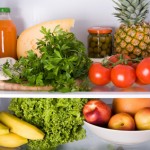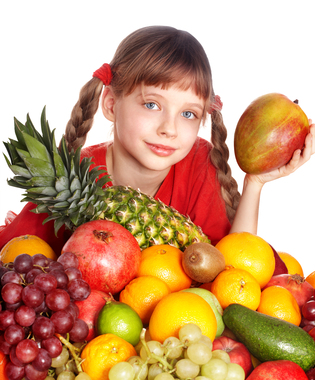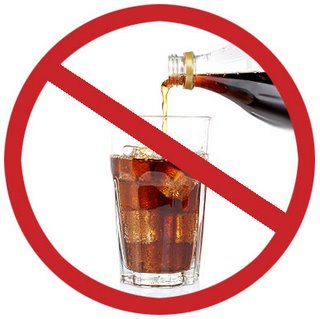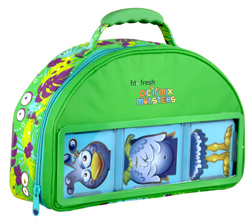 Recently I went without power because of the hurricane and had to throw out all the food in my refrigerator. As I started to restock it I noticed something. It felt really good to look into my fridge and not see it over packed with food. It gave me a sense of calmness and a bit of a thrill to actually see what I had to work with for dinner.
Recently I went without power because of the hurricane and had to throw out all the food in my refrigerator. As I started to restock it I noticed something. It felt really good to look into my fridge and not see it over packed with food. It gave me a sense of calmness and a bit of a thrill to actually see what I had to work with for dinner.
I also noticed that my life in the past two years reflected what was in my refrigerator. When I was working and taking care of the kids and didn’t feel overwhelmed I was able to plan meals and by the end of the week I could actually see that most of the food in my fridge was used up. I didn’t have tons of produce left over which would eventually rot. Then I got super buy launching a business and I didn’t see the bottom of my fridge for several years.
Shopping for me when I am overwhelmed and too busy looks like this: “I need to stock up on sunflower seed butter and other items at Trader Joes because I don’t know when I’ll have the time to get back there”. When I would run to the local grocery store I would buy whatever I thought I could use to feed my family but with no specific menu plan and as a result I spent more than my budget allowed. Basically I was running on fear; fear I wouldn’t have time to get back to the store, fear 20 people might stop by and I needed to be prepared. Are you familiar with that syndrome? I am Irish Catholic and was brought up always to expect to feed an army at a moments notice and I have to say that they haven’t shown up yet.
Are you so busy and overwhelmed that you don’t have the time to plan meals? Take a look in your refrigerator. If you have tons of leftovers, rotting produce and over stocked shelves I bet your life is super busy; maybe too busy. Perhaps your fridge is telling you to take a moment and breath; to cut back on some of the craziness in life and get to a place where planning dinner and shopping is not riddled with anxiety and stress but joy. It is possible; well maybe not so much joy if you don’t like to cook but perhaps less stressful for you.
Perhaps fear of your finances is what drives you most. Most of us are concerned about money and cost is a leading factor in what we buy. If your fridge has limited or no fresh fruits and vegetables at all than it is saying something different; it is saying that you lack vibrancy in your family’s diet and perhaps there is limited energy in your lives. I was once told by an ancient Asian medicine man that “life gives life”. Food that comes out of the ground unprocessed like green leafy foods support life, food that only comes out of boxes and cans is dead food and can not sustain a healthy life.
I would like to challenge myself and you to stop shopping out of fear? Fear of not getting back to the store, fear of not having enough money to pay for groceries, fear of a hurricane, tornado, flood or other natural or man made (terrorist) disaster? We live in a fear based society and any time we turn on the news we are reminded of all there is to be afraid of. How about you join me in trusting; trusting that it will all get done, that you will have time to get back to the store and the resources to buy what you need. My goal is to see the bottom of my fridge at the end of each week and not to overstock and over-buy just because something might happen. Let me know how it goes.






 Dr. Debbie Kennedy (Dr. Deb) is a pediatric nutritionist with 23 years of experience in the field. She has worked with both Yale and Columbia Universities, and has developed programs for some of the industry’s luminaries such as Dr. David Katz and Dr. Mehmet Oz.
Dr. Debbie Kennedy (Dr. Deb) is a pediatric nutritionist with 23 years of experience in the field. She has worked with both Yale and Columbia Universities, and has developed programs for some of the industry’s luminaries such as Dr. David Katz and Dr. Mehmet Oz. 

